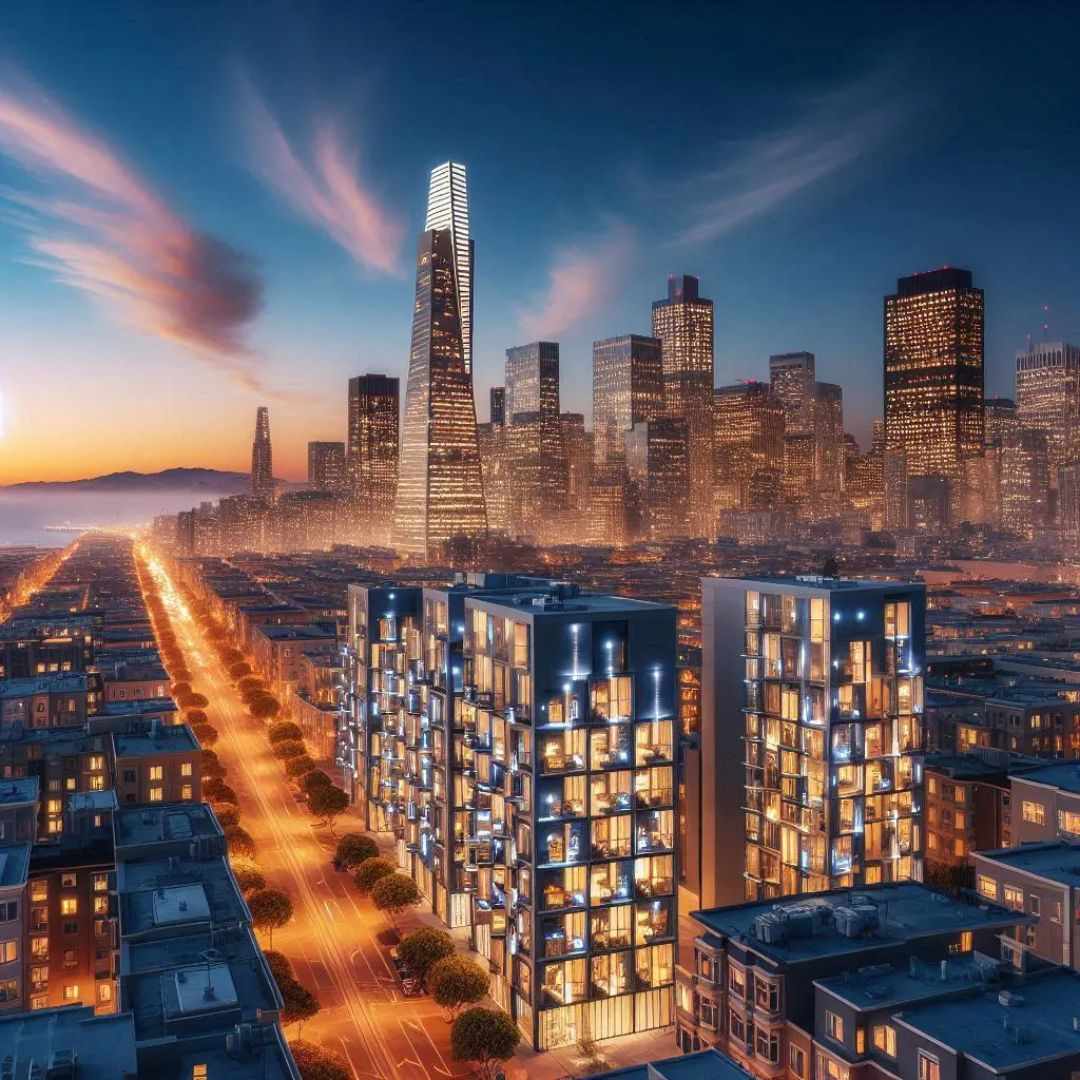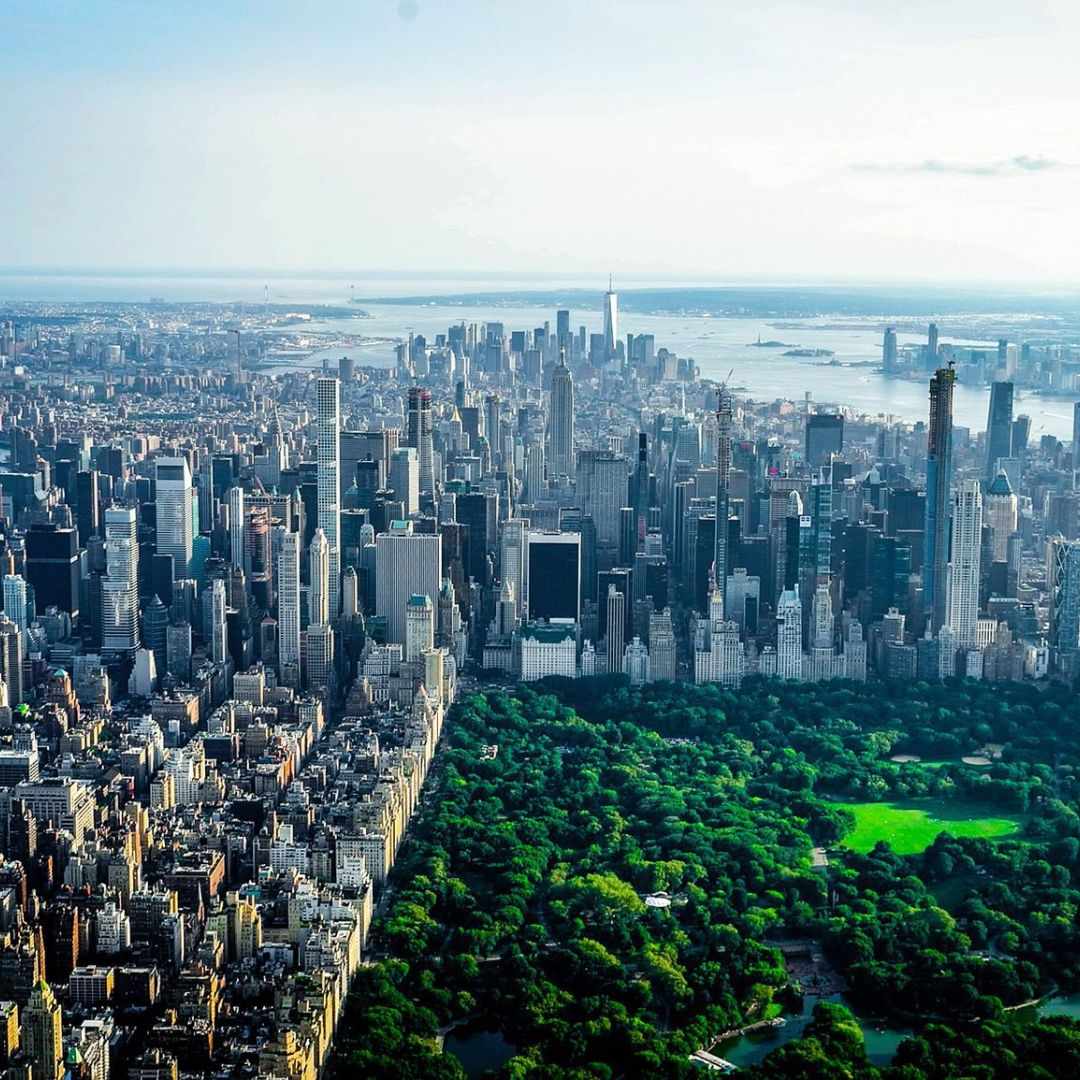
Energy conservation might seem like a quiet hero—replacing a lightbulb here, adjusting a thermostat there—but in San Francisco, it’s part of a bold, transformative movement. While much of the conversation about energy policies revolves around reducing consumption or lowering bills, the real story runs much deeper. San Francisco is demonstrating that energy conservation isn’t just about saving money or electricity—it’s about redefining how a modern city can thrive.
This vibrant and progressive city is becoming a living laboratory for sustainable change. Its energy policies ripple far beyond kilowatt-hours and carbon offsets, touching every corner of life—from public health and housing equity to economic opportunity and resilience. As the city continues its push toward climate neutrality, it’s discovering a range of surprising and extended benefits that come from focusing on smarter, cleaner energy use.
The extended value of energy conservation in San Francisco can’t be measured by utility meters alone. It’s reflected in cleaner air, thriving green jobs, and empowered communities. It’s about long-term thinking, inclusive policy-making, and investing in a more livable future. In this blog, we’ll explore the deeper impact of these initiatives and uncover why San Francisco’s approach to energy is inspiring other cities around the world.
Empowering Economic Growth Through Smart Energy Choices
When people think about saving energy, they often imagine cutting back—doing less. But in San Francisco, energy conservation is fueling more: more innovation, more opportunity, and more growth. Every energy policy in the city is tied to broader goals of economic sustainability and job creation.
Energy efficiency programs have led to a surge in demand for skilled labor. From solar panel installers and HVAC specialists to energy auditors and green architects, new jobs are being created to meet the needs of an energy-efficient future. Local contractors, small businesses, and tech startups are all benefiting from an ecosystem where sustainability and profitability go hand in hand.
On the commercial side, companies that embrace energy-efficient upgrades enjoy reduced operating costs, improved building performance, and a stronger competitive edge. Office buildings, schools, and healthcare facilities that invest in efficient lighting, insulation, and smart building systems not only save money—they create more comfortable environments that enhance productivity and wellbeing.
Energy conservation also supports innovation. The city’s commitment to clean energy attracts forward-thinking entrepreneurs, researchers, and investors who want to be part of a dynamic green economy. In San Francisco, sustainability is not a limitation—it’s a launchpad.
Enhancing Public Health Through Cleaner Energy
One of the most powerful but often overlooked benefits of energy conservation is its impact on public health. San Francisco’s efforts to reduce reliance on fossil fuels have led to lower emissions of pollutants like nitrogen oxides and particulate matter—both of which are linked to respiratory diseases, cardiovascular problems, and premature death.
When homes and buildings switch from gas to electric heating, when cars give way to electric buses and bikes, and when power plants burn fewer fossil fuels, the city breathes easier—literally. Children have fewer asthma attacks, elderly residents face fewer hospital visits, and everyone enjoys cleaner, safer air.
The shift to healthier buildings is also making a difference indoors. Energy efficiency upgrades often come with improvements in ventilation, moisture control, and insulation—creating homes that are not only more comfortable but also safer for vulnerable populations. Better indoor air quality reduces exposure to mold, dust, and indoor pollutants, contributing to better overall health.
In neighborhoods historically burdened by pollution and poor infrastructure, these upgrades are especially impactful. Energy conservation becomes a form of environmental justice—offering cleaner air and healthier homes to communities that have long been underserved.
Strengthening Resilience in a Changing Climate
San Francisco is no stranger to climate challenges. Rising sea levels, heatwaves, and wildfire smoke are all pressing concerns. Energy conservation policies are helping the city adapt and become more resilient in the face of these threats.
When buildings are energy-efficient, they’re better able to maintain safe indoor temperatures during extreme weather. During a heatwave or power outage, homes with proper insulation and energy-efficient cooling systems can remain habitable longer. This is not just a matter of comfort—it can be a matter of life and death for vulnerable residents.
Local microgrids and solar-powered energy storage systems are also making neighborhoods more self-reliant. By decentralizing energy production and reducing dependence on the grid, San Francisco can better withstand disruptions caused by disasters or emergencies. Energy resilience is becoming a key part of the city’s climate preparedness strategy.
Moreover, energy conservation reduces the overall demand on the grid, lowering the risk of blackouts and helping stabilize energy prices. When the entire community uses energy more wisely, everyone benefits—especially during times of stress or scarcity.
Creating Equity Through Inclusive Energy Policies
Energy conservation policies in San Francisco are not just designed for those who can afford to upgrade their homes or buy electric vehicles. The city is actively working to make energy efficiency accessible to all—especially to low-income households, renters, and marginalized communities.
Rebates, subsidies, and free energy audits help reduce the cost of improvements for families who might otherwise be left behind. Community programs provide education and support, guiding residents through the process of upgrading appliances, improving insulation, or switching to cleaner heating systems.
Affordable housing projects are also integrating energy efficiency into their design. This helps keep utility costs low for residents, making housing more stable and affordable in the long run. For renters, energy conservation efforts lead to better living conditions and reduced energy burdens—improving quality of life without increasing rent.
By embedding equity into its energy strategy, San Francisco is ensuring that the benefits of conservation are shared widely, not just enjoyed by the wealthy. Energy justice becomes part of a broader social mission—bridging gaps, lifting communities, and building a city where sustainability works for everyone.
Boosting Property Values and Urban Aesthetics
Energy conservation doesn’t just improve function—it enhances form. Buildings that have been upgraded with efficient windows, smart lighting, solar panels, and modern HVAC systems often look better, feel better, and perform better. These improvements increase property value and boost the appeal of homes and businesses across the city.
In a competitive real estate market like San Francisco, energy-efficient buildings stand out. Buyers and tenants are increasingly looking for homes that are environmentally responsible and economically efficient. Realtors report that listings highlighting energy upgrades tend to sell faster and command higher prices.
For developers and property owners, this creates a win-win scenario. Investing in energy conservation not only reduces long-term costs but also increases the marketability of their properties. Even small changes—like upgrading to LED lighting or adding better insulation—can have a significant impact on aesthetics and comfort.
At a neighborhood level, widespread energy upgrades contribute to cleaner, more attractive streetscapes. Rooftop solar panels, native landscaping, and efficient building designs give San Francisco a modern, forward-looking feel that reflects its values and ambitions.
Educating and Engaging the Community
One of the most important aspects of San Francisco’s energy conservation success is its ability to engage and educate the public. City agencies, nonprofits, schools, and community organizations are all playing a role in spreading awareness about the importance of energy efficiency.
Workshops, school programs, public art installations, and sustainability fairs help demystify the process of conservation and inspire action. People are learning that energy savings don’t require huge sacrifices—in fact, they often bring unexpected benefits, from better comfort to lower bills to healthier living spaces.
Residents are becoming more energy literate, learning to read their utility bills, use smart thermostats, and track their energy usage. This knowledge empowers them to make informed choices, advocate for better policies, and participate in collective solutions.
San Francisco’s approach shows that when people feel connected to a cause, they become its strongest champions. The city’s energy conservation story is being written not just in policy documents—but in homes, schools, and neighborhoods across every zip code.
Supporting the Transition to Clean Transportation
Energy conservation isn’t confined to buildings. San Francisco is also investing heavily in clean, efficient transportation systems that reduce the city’s overall energy footprint. Expanded bike lanes, electric buses, car-free zones, and improved public transit options are all part of the city’s effort to reduce energy use on the roads.
Electric vehicle infrastructure is growing rapidly, making it easier than ever for residents to switch to cleaner cars. Charging stations are popping up across the city, from downtown garages to residential neighborhoods, helping remove one of the biggest barriers to EV adoption.
Public incentives are helping drivers make the switch, while city fleets are being upgraded to electric alternatives. Reducing vehicle emissions not only saves energy—it dramatically improves air quality and reduces noise pollution, making San Francisco a more pleasant place to live and work.
By integrating energy conservation into its transportation strategy, the city is addressing one of its largest sources of emissions and energy use. The result is a cleaner, quieter, and more efficient urban environment that benefits everyone.




















Write a comment ...